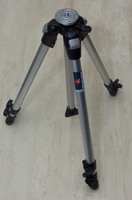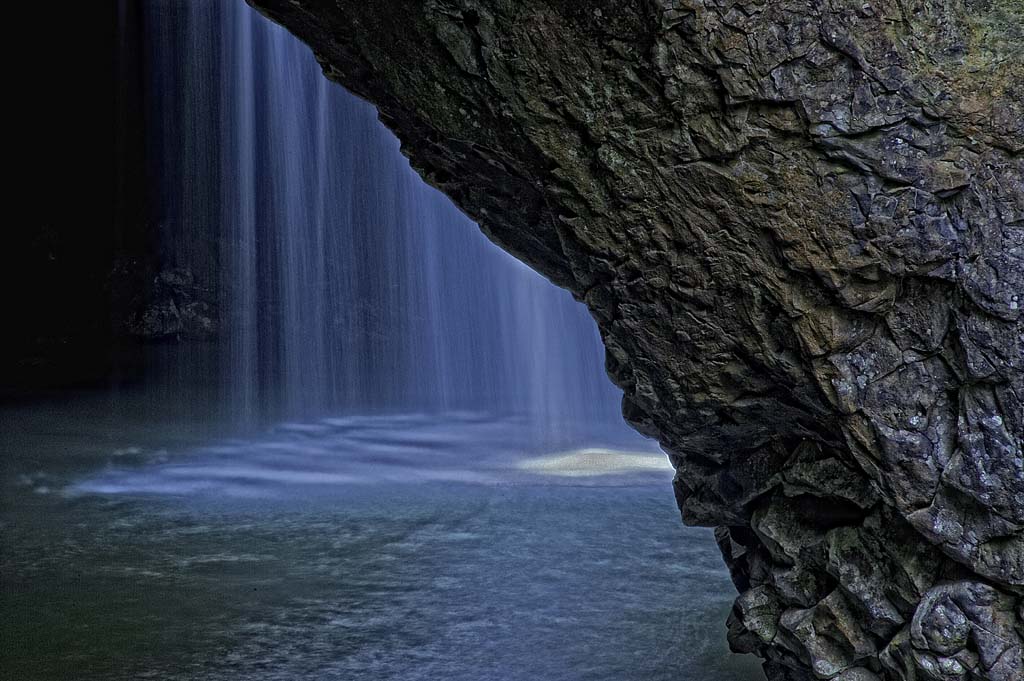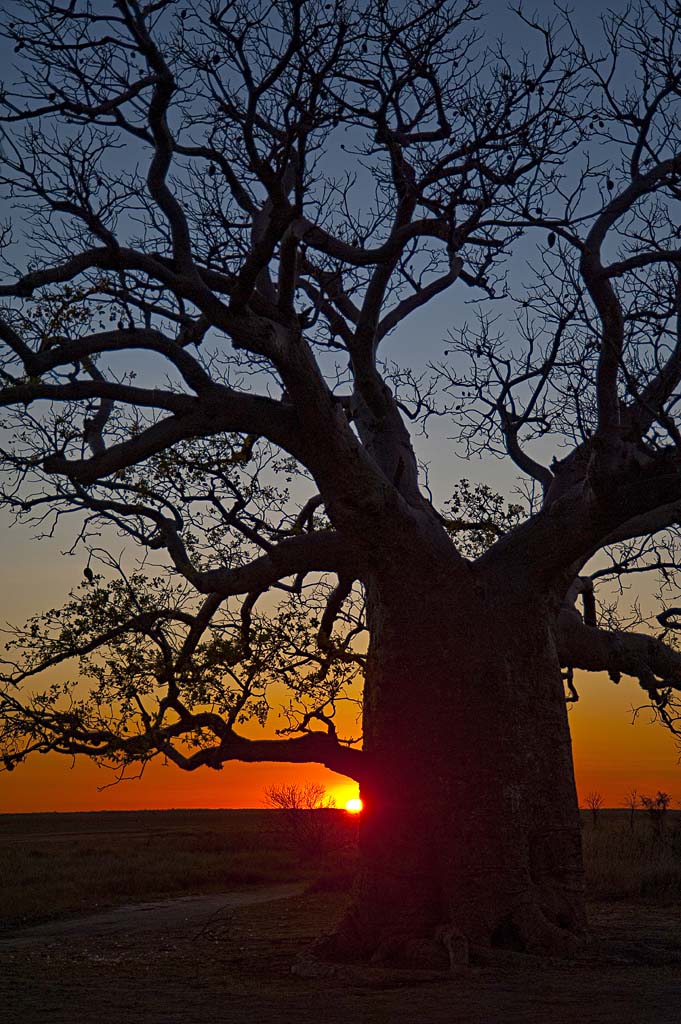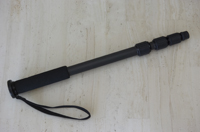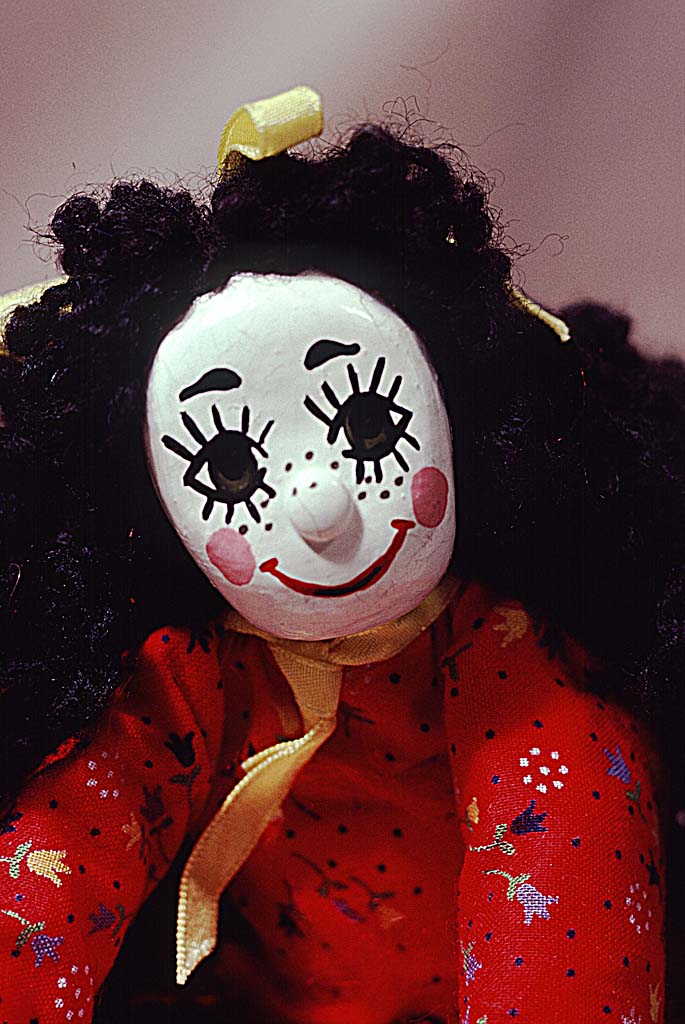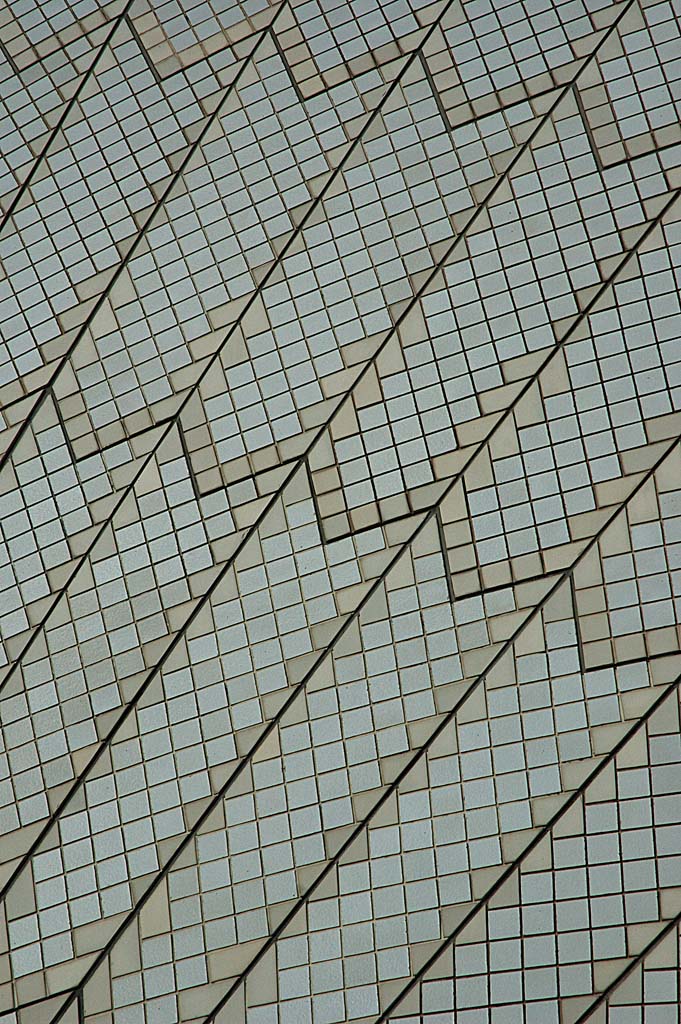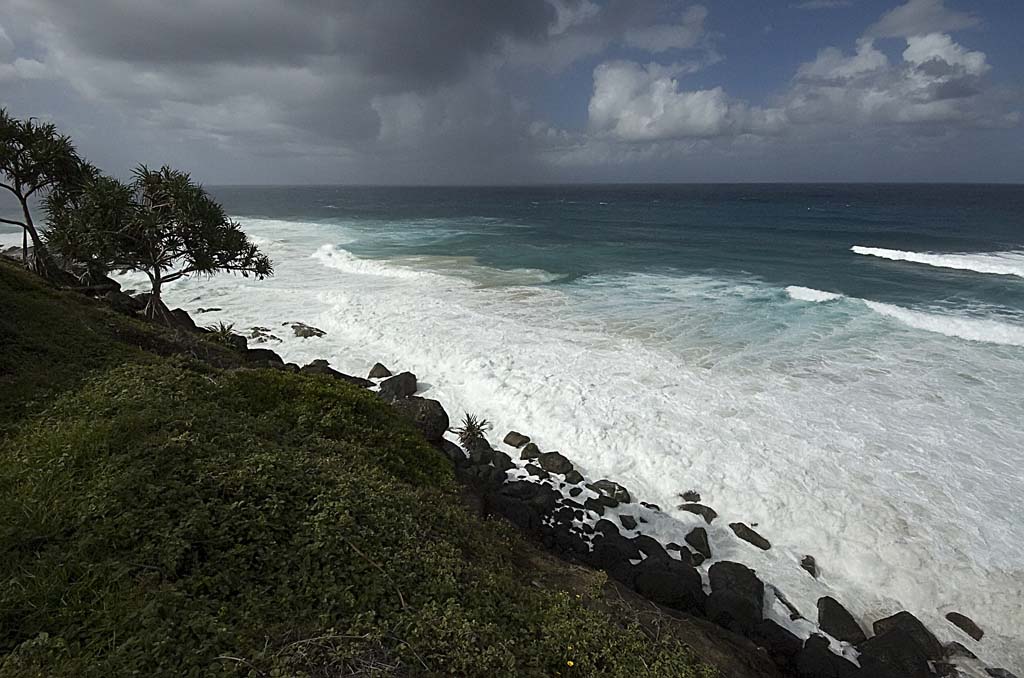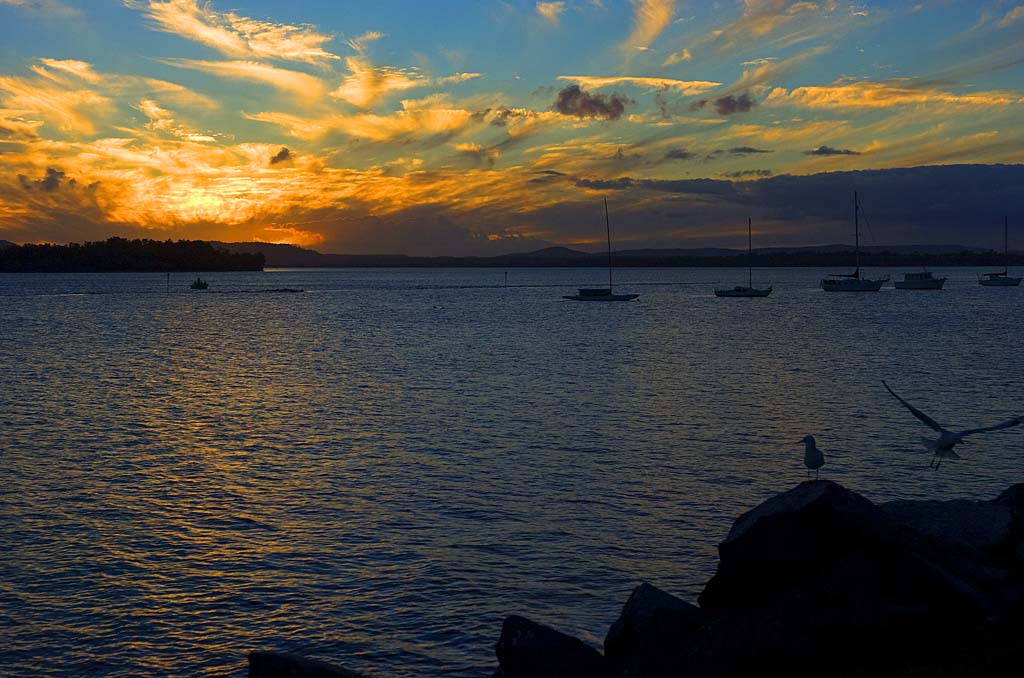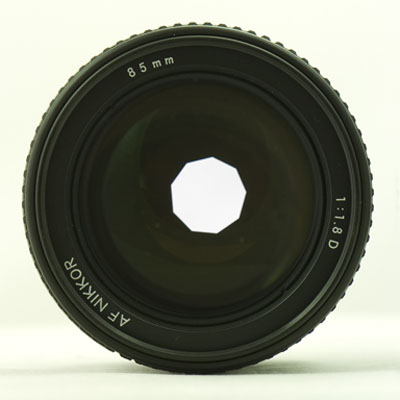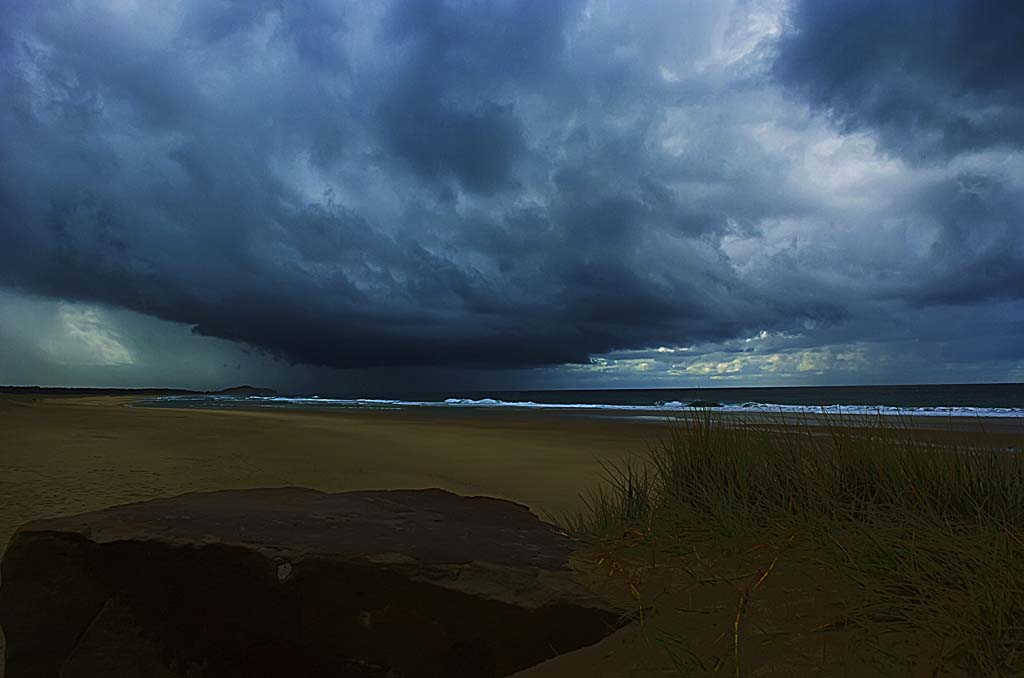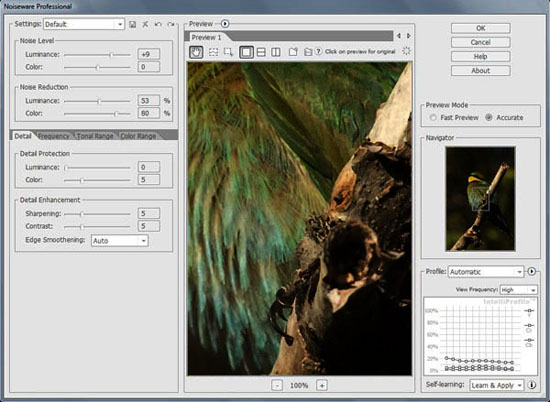I do prefer a tripod in many situations. Some examples of where I find a tripod useful and in some cases essential are as follows:
When using a long telephoto lens.
With Macro photography a tripod can greatly increase your success rate.
Where you want to carefully frame an image, a tripod is very useful, especially for landscape images.
Long time exposures require a tripod. Sometimes I may use a 10-stop Neutral Density (ND) filter for water scenes, resulting in exposures several minutes long.
Night photography. Even though cameras now can use extremely hig ISO settings a tripod can be very handy for night images and is essential for star images at night.

